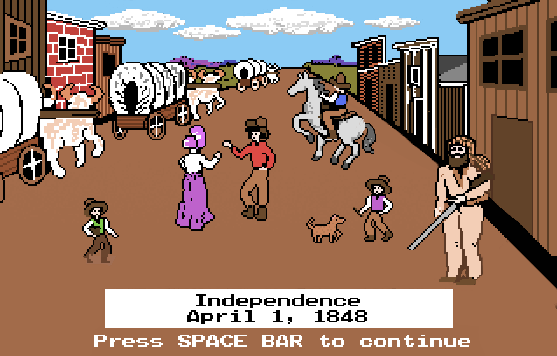Pioneering Pixels: The Evolution of The Oregon Trail
Originally developed in 1971 by Don Rawitsch, Bill Heinemann, and Paul Dillenberger, this educational game has undergone various transformations through the years, captivating generations of players and becoming an integral part of gaming history.

Beyond its entertainment value,
The Oregon Trail has had a profound impact classrooms across the United States, where it was used as a teaching tool to engage students in history and critical thinking.
The Birth of a Classic
The Oregon Trail was first created as a text-based game by a group of student teachers in Minnesota using the HP 2100, a 16-bit minicomputer originating in the 60s. It was designed to teach American history and the realities faced by 19th-century pioneers traveling along the famous Oregon Trail. The game challenged players to manage resources, make critical decisions, and navigate treacherous terrain in the pursuit of reaching the Oregon Territory.
Oregon continued to evolve and expand, reaching publication in 1975 by Minnesota Educational Computing Consortium (MECC) and rolling out timeshare, download, and floppy disk formats on HP and Apple II computer systems.
Graphic Overhaul
Folling 1985,
The Oregon Trail received a significant updates, introducing simple visuals that transformed the game into a more immersive experience. Players could now see their wagon and party members as they embarked on their perilous journey, adding an extra layer of realism and engagement.
The Oregon Trail made its way to various platforms, including MS-DOS, Commodore 64, and eventually, the internet. Each iteration brought enhancements and new features, allowing players to experience the challenges of pioneer life in increasingly interactive and dynamic ways. The 3rd, 4th, and 5th editions of the game were published by Scholastic’s The Learning Company.
How to Play The Oregon Trail:
The original 1971 game is available at
VisitOregon.com
